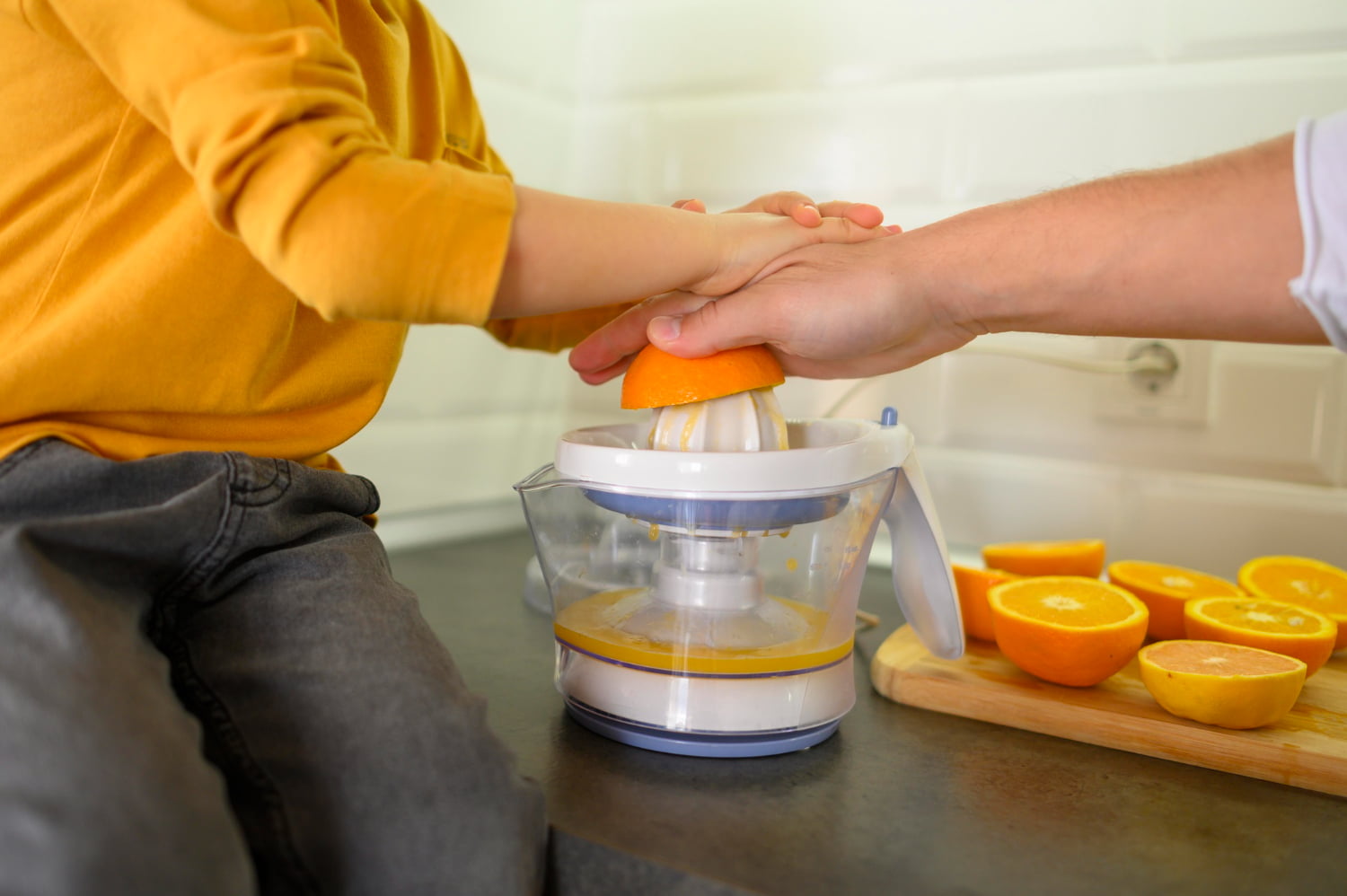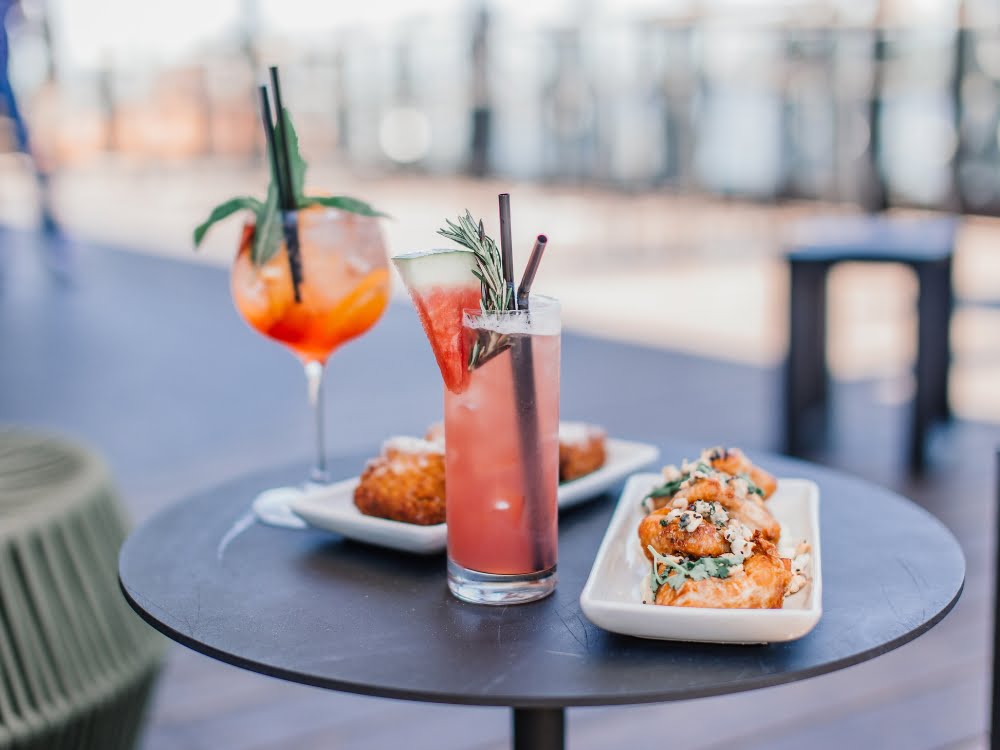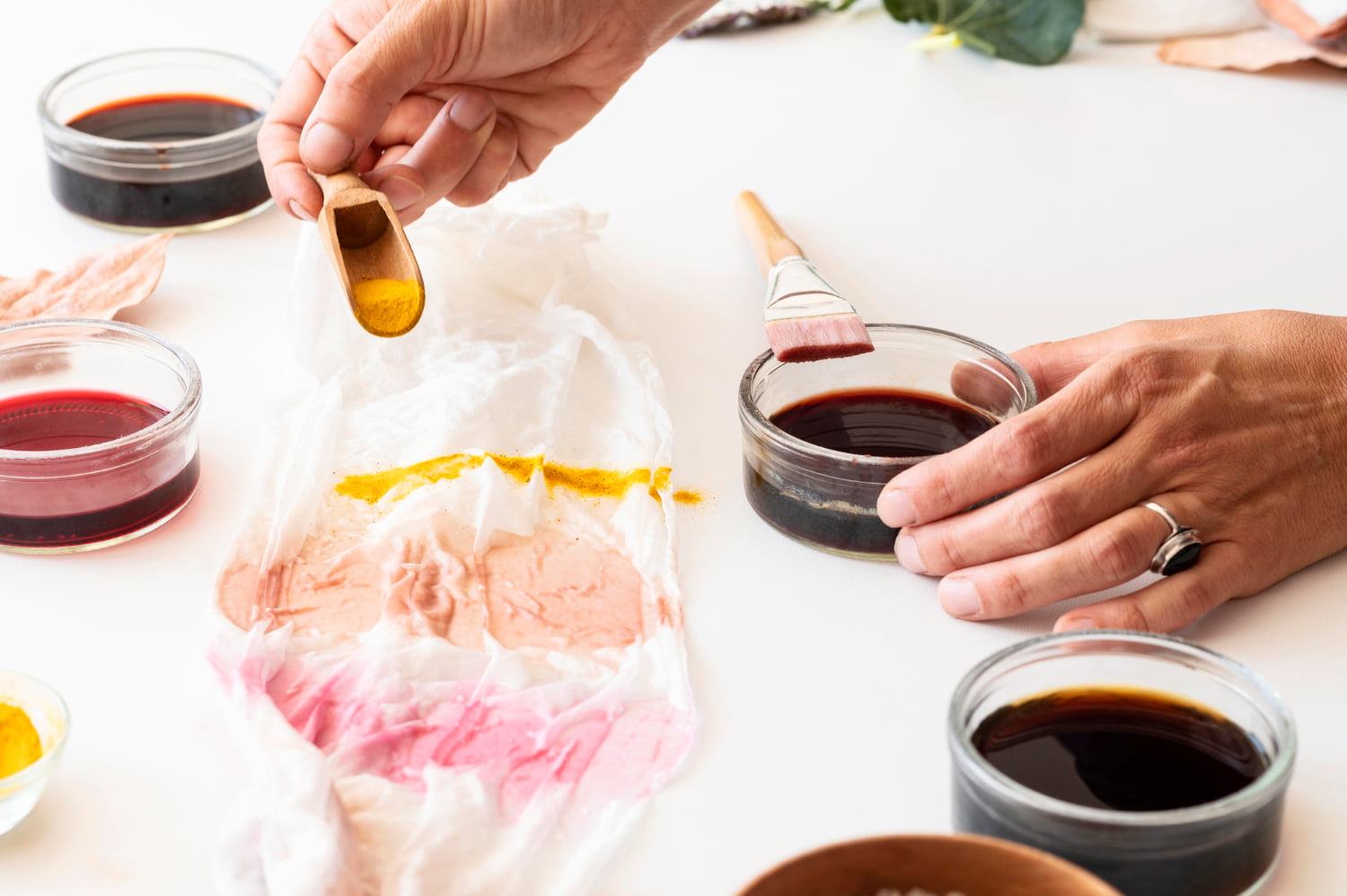Introduction
How to make orange food coloring? Orange, with its warm and inviting hue, is a versatile color that can bring vibrancy to your culinary creations. Making your orange food coloring at home allows for customization, ensuring your dishes not only taste great but also look visually appealing. In this comprehensive guide, we will explore various methods and techniques to create orange food coloring using both traditional and natural ingredients.
Understanding the Color Wheel
To embark on the journey of making orange, it’s essential to understand the color wheel. This visual tool illustrates the relationships between colors, providing the foundation for creating harmonious and visually appealing combinations. Understanding the basics of color theory will guide your efforts in crafting the perfect shade of orange.
Basics of Making Orange
How to make orange food coloring: Orange is typically created by mixing different colors, primarily the primary colors—red and yellow. Understanding how these colors interact is fundamental to achieving the desired shade of orange.
Experimenting with Primary Colors
The most straightforward method of making orange is by blending the primary colors red and yellow. The intensity of each color and the ratio at which they are mixed will determine the final shade of orange.
- Mixing Red and Yellow: Start by combining red and yellow in varying proportions. Experiment to find the balance that achieves your desired shade of orange. This method allows for a wide range of oranges, from deep and rich to lighter and more subtle tones.
Secondary Colors for Orange
In addition to mixing primary colors, secondary colors can be combined to create orange. Explore the following combinations:
- Blending Red and Green: The secondary color resulting from mixing red and green, which is brown, can be used as a base. Adding more red can transform it into a warm and inviting shade of orange.
- Combining Blue and Yellow: Similar to the primary color method, blending blue and yellow in different ratios can produce diverse shades of orange.
Achieving Depth with Complementary Colors
For a more nuanced and vibrant orange, consider using complementary colors. Complementary pairs on the color wheel, such as blue-orange or purple-yellow, can create depth and complexity in your orange mixture.
Tips for Precision in Crafting Orange
To ensure your orange turns out as desired, follow these tips:
- Measure your food coloring accurately.
- Mix colors in small increments for better control.
- Keep a record of successful ratios for future reference.
Common Mistakes to Avoid in Orange Creation
How to make orange food coloring: Avoid these pitfalls when creating orange food coloring:
- Overmixing: Vigorous stirring can lead to a muddy orange. Mix gently to maintain clarity.
- Using Too Much Coloring: Orange can be intense, so start with small amounts and adjust as needed.
- Not Testing Colors First: Perform a small test before committing to a larger batch. Colors may appear differently once mixed.
Natural Alternatives to Orange Food Coloring
For those seeking a natural approach, consider these alternatives:
- Carrot Juice: Extract juice from carrots for a vibrant and natural orange hue.
- Saffron: Infuse your dishes with saffron for a warm and golden orange tint.
- Paprika: Use paprika for a subtle and earthy orange coloring in savory dishes.
Creative Applications of Homemade Orange
Explore various creative applications for your homemade orange food coloring:
- Icing and Frosting: Elevate your cakes and pastries with custom orange icing.
- Drinks and Cocktails: Infuse your beverages with natural orange tones for a visually appealing drink.
- Vibrant Desserts: From orange-flavored cookies to citrus-infused tarts, experiment with a variety of desserts infused with your homemade orange coloring.
- Savory Dishes with a Touch of Orange: Add a touch of orange to savory dishes, from glazes for meats to colorful vegetable stir-fries.
The Art of Presentation with Orange
Presentation is key when using orange in your culinary creations. Consider the overall aesthetics, including plating and garnishes, to enhance the visual appeal of your orange-infused dishes.
Orange in Different Culinary Styles
Discover how orange can be incorporated into various culinary styles:
- Mediterranean Cuisine: Orange zest and juice are common ingredients in Mediterranean dishes, adding a burst of flavor and color.
- Tropical Delights: Embrace the tropical vibe by incorporating orange into dishes inspired by exotic fruits and flavors.
Enhancing Orange in Sweet Treats – How to Make Orange Food Coloring
How to make orange food coloring: Explore the sweet side of oranges in desserts:
- Orange Cupcakes: Create visually stunning cupcakes with orange frosting or batter.
- Citrusy Orange Sorbet: Enjoy the refreshing taste of homemade orange sorbet, perfect for a sunny day.
- Orange-Infused Pastries: Experiment with pastries infused with the bright and citrusy notes of orange for a delightful treat.
Orange in Savory Dishes: A Culinary Adventure
Orange can be a surprising addition to savory dishes:
- Orange-Glazed Chicken: Elevate your poultry dishes with a tangy and flavorful orange glaze.
- Citrusy Orange Salad: Create a refreshing and zesty orange salad using a variety of citrus fruits.
- Zesty Orange Marinades: Infuse your meats and seafood with a zesty orange marinade for a burst of flavor.
Orange in Beverages: Refreshing Drinks
Add a pop of color to your drinks with orange food coloring:
- Orange Lemonade: Infuse lemonade with a natural orange tint for a refreshing beverage.
- Fruity Orange Smoothies: Blend up a tropical smoothie with natural orange coloring for a vibrant and nutritious drink.
- Orange Infusions in Tea: Enhance your tea-drinking experience with custom orange-infused tea blends that not only taste exquisite but also look appealing.
The Aesthetics of Orange in Culinary Arts
Beyond taste, orange contributes to the overall aesthetics of culinary arts:
- Color Harmony: Use orange to create harmony and balance in your dishes, complementing other colors on the plate.
- Visual Appeal: Leverage orange to create visually stunning and Instagram-worthy creations that capture the attention of food enthusiasts.
- Instagram-Worthy Creations: Share your orange-infused masterpieces on social media, showcasing the vibrant and enticing appeal of your culinary creations.
Conclusion
In the realm of culinary arts, mastering the creation of orange food coloring opens up a spectrum of possibilities. Armed with knowledge about color combinations, precision, and potential pitfalls, you’re ready to embark on your culinary adventure. Whether you’re baking vibrant desserts, infusing color into savory dishes, or experimenting with colorful beverages, the art of making orange is a skill that adds a personal touch to your creations. So, unleash your creativity and embrace the warm and inviting allure of homemade orange food coloring in your kitchen.
Frequently Asked Questions:
Q: Can I use natural alternatives for orange food coloring in all recipes?
A: Natural alternatives work well in many recipes, but the flavor profile may vary. Test them in small quantities first.
Q: How can I intensify the orange color without using too much coloring?
A: Experiment with complementary colors like blue or purple in small amounts to enhance the intensity of orange.
Q: Can I mix different types of natural orange coloring for a unique shade?
A: Absolutely! Combining natural alternatives like carrot juice and saffron can yield intriguing shades of orange.
Q: Are there any savory dishes where orange food coloring works particularly well?
A: Orange food coloring can enhance the visual appeal of dishes like glazed chicken, salads, and marinades.
Q: What’s the best way to preserve the vibrancy of oranges in desserts over time?
A: Store desserts with orange food coloring in a cool, dark place to maintain the vibrancy of the color.
Probe Different Essays: How to Make Brown with Food Coloring



